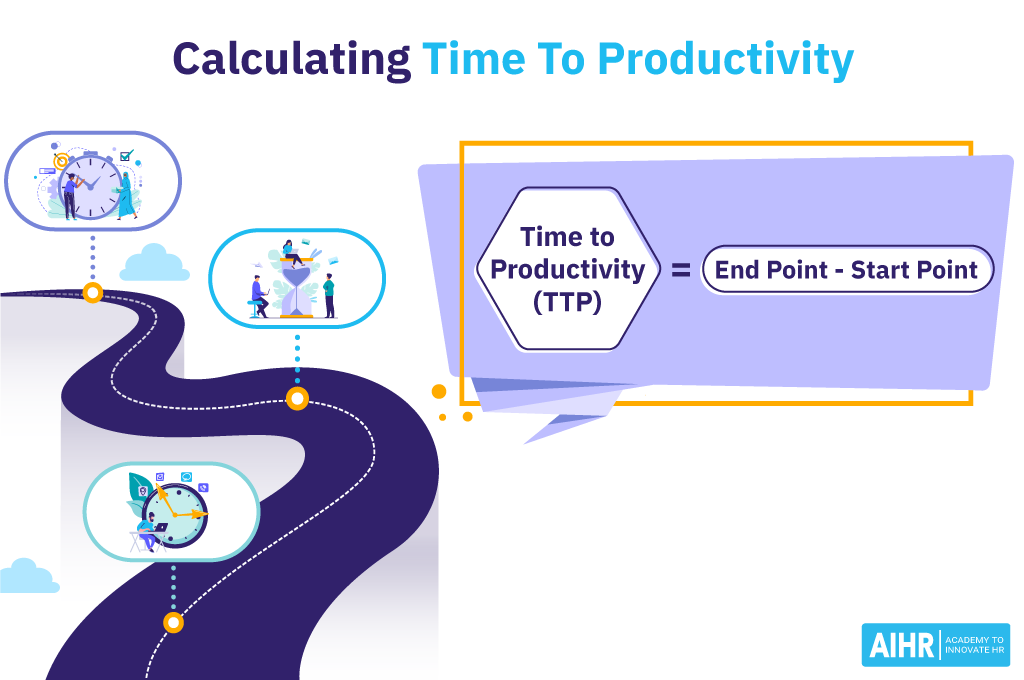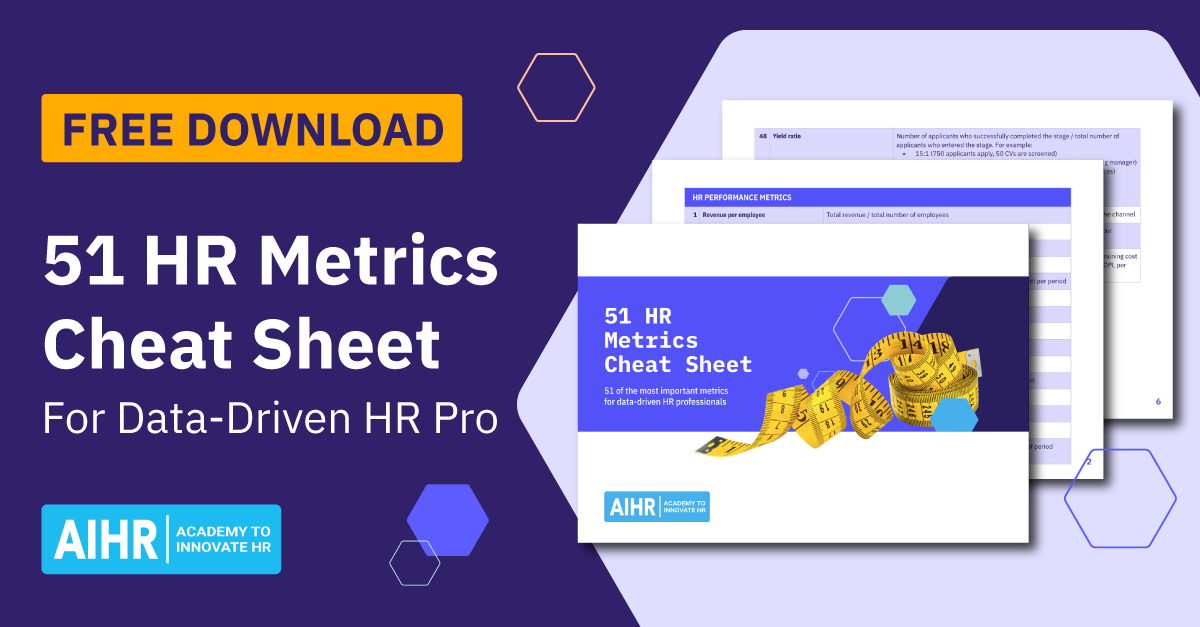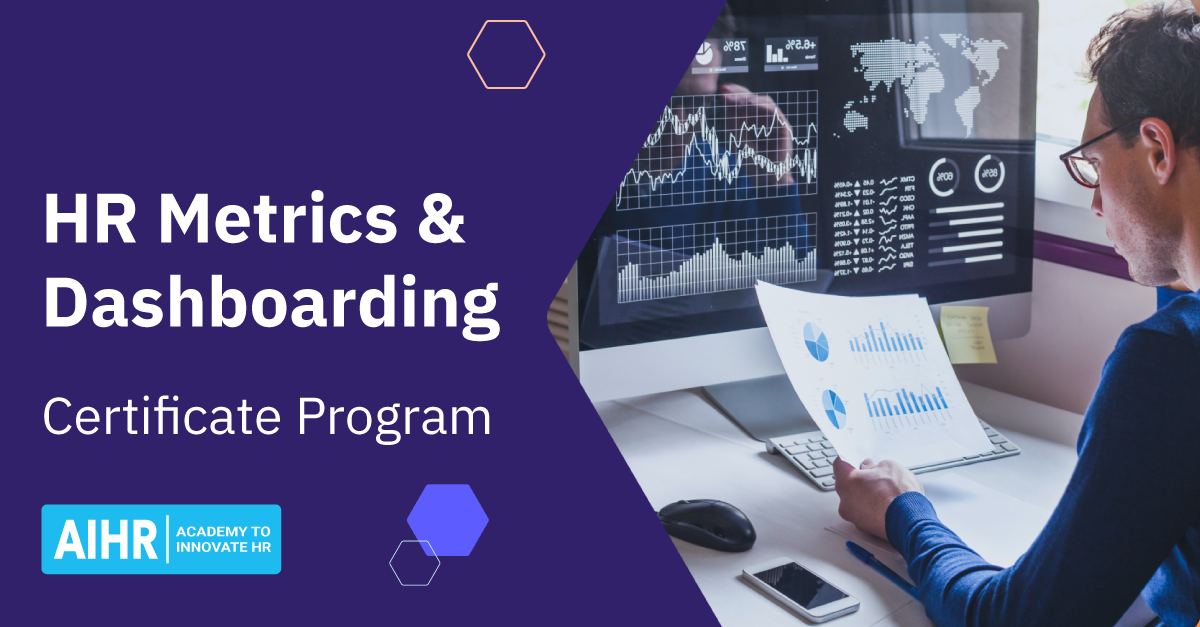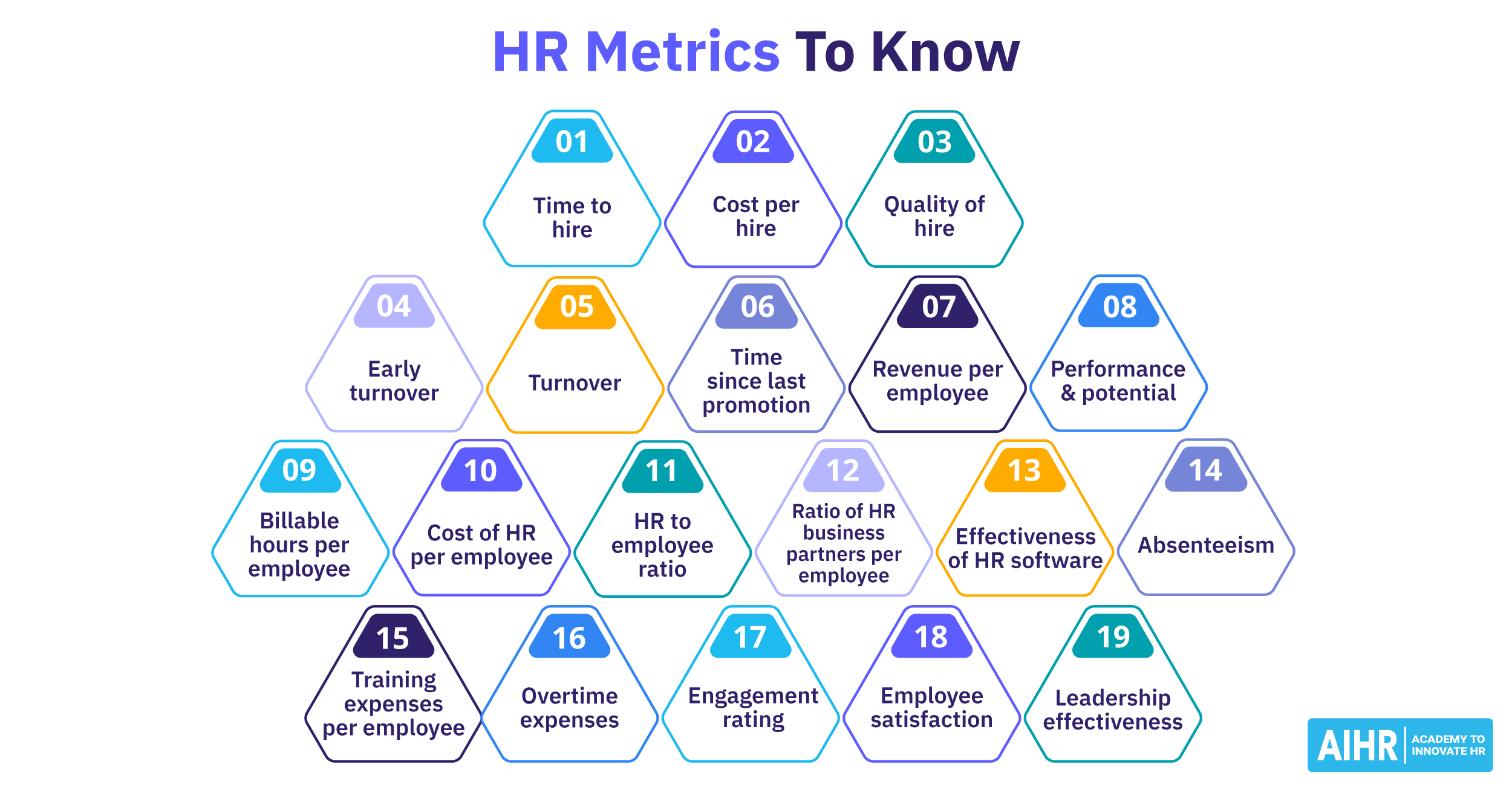Time to Productivity
What is time to productivity?
Time to productivity is a recruitment metric that measures the time it takes for new hires to reach the desired level of performance in their role, demonstrating the necessary skills, knowledge, and ability to perform key tasks independently. The exact timeframe can vary – depending on the complexity of the role, prior experience, and the quality of onboarding and training provided.
Helping new hires become productive as quickly as possible is in the best interest of both employees and companies, leading to higher levels of engagement and retention.
Time to productivity vs. time to proficiency
The terms time to productivity and time to proficiency are often used interchangeably. However, there are some subtle distinctions. Time to proficiency typically refers to a new hire’s ability to reach a higher level of expertise, master advanced skills, and the ability to manage complex tasks independently. Time to productivity refers to the time it takes for new hires to meet standard performance expectations and be competent to fulfill their main responsibilities.
Why is it important to track time to productivity?
Tracking time to productivity is essential for several reasons, including:
- Effective onboarding: Insights into the effectiveness of onboarding programs can lead to tailored training, accelerating productivity.
- Better recruitment processes: Extended time to productivity may indicate issues in recruitment. Tracking enables HR to compare with industry benchmarks and refine hiring strategies, ensuring the right talent is onboarded.
- Informed resource allocation: Knowing how long it takes for new hires to become productive helps plan and allocate resources more effectively.
- Identifies skills gaps: Analyzing productivity timelines can uncover hidden skills gaps, particularly if certain roles lag in reaching productivity. This insight allows for targeted interventions to address specific skill deficiencies.
Factors that affect time to productivity
Some of the most significant factors that affect time to productivity are:
- Onboarding and training programs: A study by The Brandon Hall Group revealed that an effective onboarding process improves retention and productivity by 72%. Strong onboarding equips new hires with a clear role overview of the company culture and values, role expectations, and practical training on key processes and tools.
- The complexity of the role: Roles that require specialized skills, technical expertise, or intricate processes will typically take longer for new hires to be fully productive. That’s why it’s essential to consider the nature of the role when estimating new hire time to productivity to ensure the right expectations are set.
- Mentoring & coaching: Access to mentors or coaches can significantly improve new hire time to productivity, providing individualized support during those critical first months on the job. If needed, regular coaching sessions can help new hires refine their skills, integrate into the company culture faster, and increase confidence in the role.
- Prior experience and skills: Having previous experience in similar roles or relevant skills will help new hires adapt quicker. Evaluating a candidate’s prior knowledge and transferable skills can support HR teams to choose talent that may take less time to become fully productive, improving the ROI of a new hire.
- Technology & tools: Providing access to the right technologies and digital tools can significantly boost a new hire’s productivity. It’s equally important for new hires to receive the necessary training to utilize these tools effectively.
How do you calculate time to productivity?
Here’s a step-by-step process to measure time to productivity:
- Step #1: Define what it means for a new hire to be productive. Define what “fully productive” means for the role in question. This could be based on sales targets, project completions, the achievement of certain milestones, or reaching a particular level of performance considered standard for the position.
- Step #2: Determine the start & end point. The start point is typically the new hire’s first day or post-initial training, and the end point is when the employee meets predefined productivity benchmarks.
- Step #3: Calculate time to productivity. Once you have the start and end points, calculating TTP is straightforward:
Time to Productivity (TTP) = End Point − Start Point
This will give you the duration it takes for a new hire to become fully productive. The result can be in days, weeks, or months, depending on what makes the most sense for the role and the organization.
- Step #4: Data analysis and interpretation: To ensure you fully understand time to productivity, HR can also use an individual new hire’s data to compare it with previous new hires in similar roles and industry standards. Going further, identify any variations and areas of improvement to determine if time can be reduced.
Time to productivity calculation example
If a new software developer starts on January 1st and is considered fully productive when they can independently manage and complete project sprints at the expected pace and quality by April 1st, their TTP would be:
TTP = April 1st − January 1st= 3 months

5 onboarding best practices to boost new hire time to productivity
Here are 5 best practices to accelerate new hire time to productivity:
- Design a structured onboarding plan (30-60-90-day plan), including:
- Clearly defined expectations and key milestones for each stage
- Relevant training and coaching/mentoring support
- Regular check-ins with the manager.
- Set SMART goals with the new hires:
- Specific goals related to each onboarding phase
- Measurable with defined metrics to track performance and achievements
- Achievable but challenging goals to drive motivation and engagement
- Relevant to their individual role and aligned with the organization’s objectives
- Time-bound with clear deadlines during the 30-60-90-day plan timeframe.
- Encourage ongoing communication, allowing new hires opportunities to:
- Provide personal feedback on the onboarding process
- Raise any challenges or concerns
- Receive regular feedback from managers and peers.
- Prioritize training and development within the first 90 days, such as:
- Role-specific training
- Soft skills and technical training
- Mentoring or coaching.
- Create a welcoming environment. Make sure new hires feel welcomed and supported by:
- Assigning an onboarding buddy
- Introducing them in team meetings and company events
- Celebrating their early achievements or key milestones.
FAQ
A new hire’s time to productivity can vary, depending on the nature of the role, industry, prior experience, and skill level. On average, an employee can take up to 8 months to one year to reach full productivity. However, some roles may require less time.
A new SEO specialist with two years of prior experience may be considered fully productive after achieving a specific level of website traffic within a set timeframe or by successfully executing SEO campaigns that meet or exceed the desired targets. Their time to productivity might be 9 months.







